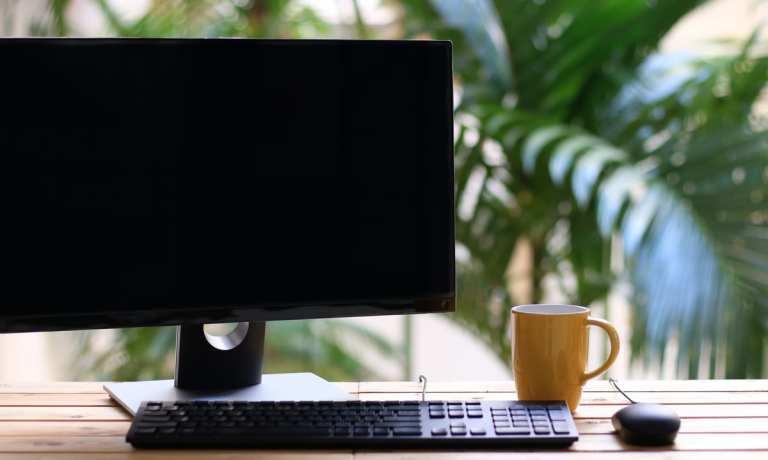
Sales of PCs, defined as computers with keyboards, stormed back in 2020, Reuters reported.
Credit the sudden need for remote-work and -study options as COVID-19 took hold.
Manufacturers remain months away from filling existing orders, the news service reported.
“The whole supply chain has been strained like never before,” Gregg Prendergast, Pan-America president at Acer Inc., told Reuters. The company has resorted to flying PCs to consumers at its own cost, rather than relying on shipping via sea or rail, which can take a month longer.
PC sales worldwide peaked in 2008, with about 300 million units sold, and have declined since then to a level of about 250 million units sold annually, Reuters said — but analysts now see the figure returning to about 300 million PCs shipped per year.
When the year draws to a close, some 1.77 billion PCs will be in use around the world, according to data from research firm Canalys cited by Reuters. One reason cited is the expansion within households from one PC per family to one for each student or worker stuck at home.
One problem facing PC suppliers has been the lack of available screens and processors, even though many factories have reopened, Reuters reported.
Canalys analyst Ishan Dutt told Reuters the strain on suppliers is growing even more intense as consumers seek to upgrade computers. New computers increasingly have better cameras than previous models. Built-in 5G or 4G connectivity also is popular.
Ryan Reith, a vice president at analyst firm IDC, told Reuters another factor driving increased demand — and likely to drive it throughout 2021 — is government stimulus funding.
Reuters quoted Dell Technologies Inc. President Sam Burd as having recently said technologies such as artificial intelligence soon will fuel a “renaissance” in PC use.
According to Reuters, Dell’s third-quarter direct sales to consumers through eCommerce channels were up 62 percent year over year.
The notebook computer shortage in the U.S. was so severe in August that major manufacturers told school district representatives they would have a hard time filling orders, the Associated Press reported. The news collaborative stated that the shortage at the time stood at 4 million or 5 million units — just for education customers.